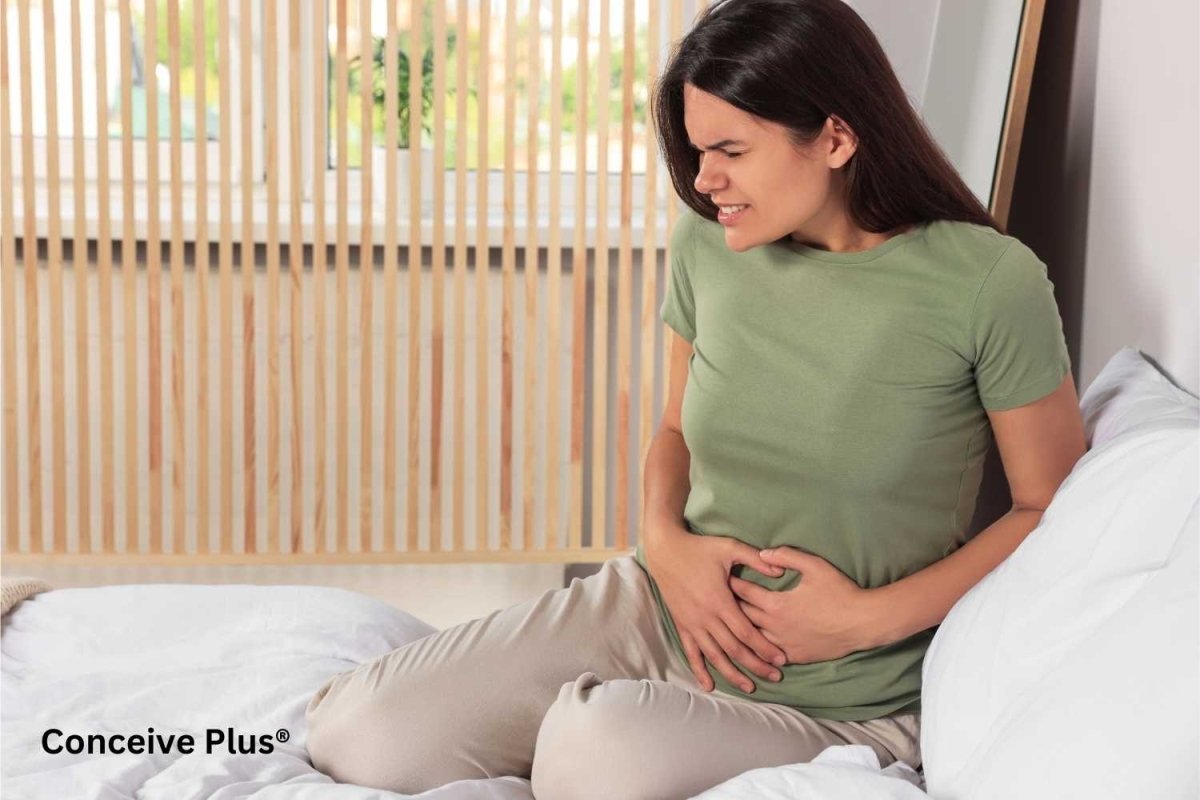Cramping at 2DPO: Causes and What to Expect

Cramping at 2DPO (days past ovulation) can be puzzling for many individuals, especially those actively tracking their ovulation cycles or trying to conceive. While it might seem unusual to experience cramping so soon after ovulation, several factors could explain why this happens. Understanding the potential causes of this sensation will help you determine if it’s something to note or simply a part of your body’s normal cycle.
What Is Happening in Your Body at 2DPO?
Ovulation typically occurs around the midpoint of a menstrual cycle, releasing an egg from one of the ovaries. Once the egg is released, the luteal phase begins, during which progesterone levels rise to prepare the uterine lining for possible implantation. Although 2DPO is relatively early in the post-ovulation phase, some individuals may experience mild symptoms as their body adjusts to this hormonal shift.
Cramping at 2DPO: Possible Reasons
One of the main reasons for cramping at 2DPO is ovulation itself. It’s possible for the cramping you feel to linger a day or two after the egg has been released. This phenomenon, often referred to as ovulation pain, can last longer than anticipated, especially for those sensitive to hormonal changes. This could explain why you might be wondering, “Why am I cramping after ovulation?” For many, it’s simply their body reacting to the final moments of the ovulation process [1].
Early Signs of Pregnancy?
While it's rare to experience pregnancy-related cramping at 2DPO, it's not impossible. Some women are highly attuned to the subtle changes in their bodies, even just days after ovulation. If you’re trying to conceive, you might be paying close attention to every sensation, leading to questions about early pregnancy symptoms.
Although implantation typically happens around 6 to 12 days after ovulation, some women report feeling mild cramping before implantation. These early cramps might not necessarily indicate implantation itself but could be part of the body’s preparation for potential fertilization. Keep in mind, 2 DPO symptoms ending in BFP (big fat positive) on a pregnancy test are generally less common, but for some, it’s the beginning of their pregnancy journey [2].
Other Potential Causes of Cramping 2DPO
Beyond ovulation-related discomfort or the possibility of early pregnancy, cramping 2DPO can be linked to other factors:
-
Hormonal Fluctuations
As progesterone levels rise post-ovulation, the body can respond with various symptoms, including mild cramping. These fluctuations are necessary for preparing the uterine lining for implantation, but they can also cause discomfort [3].
-
Digestive Changes
Hormonal shifts after ovulation can sometimes affect the digestive system. Bloating, gas, or constipation could be a factor in why some experience cramping at 2DPO. This type of cramping is typically mild and resolves as the body adjusts.
-
Uterine Contractions
Even though implantation hasn't occurred yet, the uterus may experience minor contractions due to the changing hormonal environment. These contractions can result in sensations that feel like cramping, even as early as 2DPO.
-
Residual Ovulation Pain
In some cases, the discomfort from ovulation can last beyond the actual event. If your body is particularly sensitive to ovulation, you may still feel twinges or mild cramping a couple of days later.
For some, cramping 10 days before period is another common sensation that can cause confusion, as it may relate to hormonal shifts rather than ovulation or pregnancy.
Tracking Symptoms for Better Insight
If you're actively trying to conceive or monitoring your ovulation cycle, keeping a symptom diary can help track patterns. Taking a supplement designed to support hormonal balance and reproductive health can also be beneficial, as it may help alleviate mild cramping and other cycle-related symptoms. Noticing cramps or other sensations at specific points in your cycle might provide clarity over time. Tracking symptoms like cramping at 2DPO could also reveal whether these sensations consistently occur and how they relate to your overall menstrual health.
While early cramping can be intriguing, it’s important to remember that the most reliable indicator of pregnancy is a positive test, usually taken after a missed period. Until then, symptoms can vary widely from person to person and cycle to cycle.
When to Seek Medical Advice
Mild cramping at 2DPO is generally not a cause for concern. However, if the cramping becomes intense or is accompanied by other worrying symptoms like heavy bleeding, fever, or severe pain, it’s important to consult a healthcare professional. These could be signs of an underlying condition that requires medical attention.
The Bottom Line
Cramping at 2DPO is not uncommon and can be attributed to several factors, including ovulation pain, hormonal shifts, or digestive changes. For those trying to conceive, it may also signal early signs of pregnancy, though implantation typically occurs later. Keeping track of your symptoms and staying informed about your body’s natural processes will help you better understand these sensations and whether they’re worth noting or simply part of your cycle’s rhythm.
Sources:
- Bann S, Goshtasebi A, Shirin S, Prior JC. A one-year observational cohort study of menstrual cramps and ovulation in healthy, normally ovulating women. Sci Rep. 2022 Mar 18;12(1):4738. doi:10.1038/s41598-022-08658-3. PMID: 35304559; PMCID: PMC8933502.
- Mayo Clinic. Fetal development: The 1st trimester. [Updated- June 03, 2022]. Accessed on October 3, 2024]- https://www.mayoclinic.org/healthy-lifestyle/pregnancy-week-by-week/in-depth/prenatal-care/art-20045302
- Nur Indah Noviyanti, Gusriani, Ruqaiyah, Nasrudin A. Mappaware, Mardiana Ahmad. The effect of estrogen hormone on premenstrual syndrome (PMS) occurrences in teenage girls at Pesantren Darul Arqam Makassar. Gaceta Sanitaria. Volume 35. Supplement 2, 2021. Pages S571-S575, ISSN 0213-9111. https://doi.org/10.1016/j.gaceta.2021.10.103













